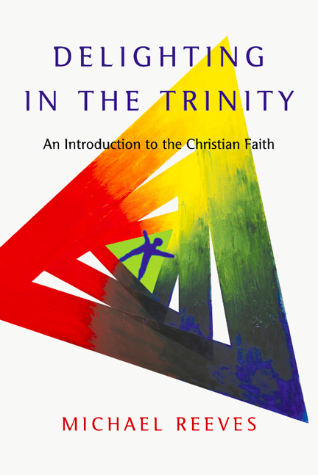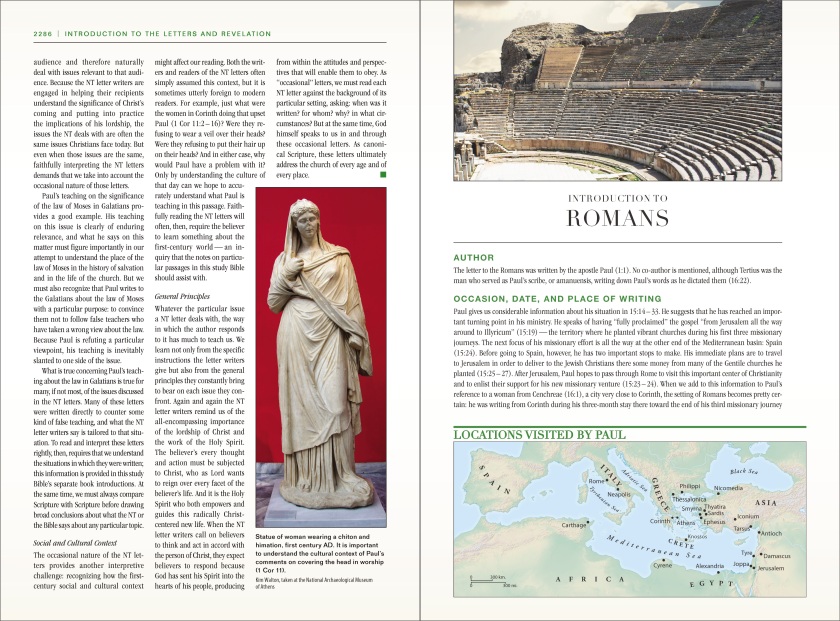As I am finishing up school, I like to think I’ll have a lot of time to read. And so I ask for books. All of them. Why do I do this to myself? Because I enjoy reading, and reviewing forces me to finish books.

Received Books
A Hermeneutic of Wisdom – J. de Waal Dryden
As Kelly Kapic notes in her endorsement, “Dryden believe the Bible is primarily meant for spiritual formation, shaping us so that we might faithfully commune with God and neighbor.” The Bible wasn’t written so we could fill our heads with technical doctrines and talking about PhD topics with one another. It was to fill us with wisdom and love for living in God’s world, worshiping our Savior and Creator, and loving our neighbor. The Bible forms us spiritually, which means it shapes our whole selves. The Bible brings together meaning, ethics, application, and doctrine. His central thesis: “The Bible is a wisdom text” (xvi).
Ancient Near Eastern Thought and the Old Testament, 2nd ed. – John Walton
John Walton has studied the ancient Near East for over thirty years, and has updated his book on how the Old Testament fits into the ANE culture. People from different countries think very differently from you. Thirty years ago, people from your own state would think different about most things in life than you do today. 3,000 years ago, people on the other side of the world thought about pretty much everything differently than you do today. Walton has tried to understand their world and has written numerous books to reveal how an OT Israelite thought about life. Covering topics such as gods, cosmic geography, cosmology, kingship, law, wisdom, life after death, and more, this will help you to understand you OT better by understanding the ways in which Israel thought like everyone else and the ways their theology differed from everyone else’s.
Angels – Michael Heiser
After writing The Unseen Realm and Supernatural, Old Testament and ancient Near Eastern scholar Michael Heiser has written a book about the Bible’s commonly misunderstood heavenly host. He looks at the terms the Bible uses for God’s heavenly host. the different capacities in which they serve God, important angels, how the heavenly host is understood in the Second Temple Period and in the New Testament. Heiser also answers important questions and long-held myths about angels. Not many books are written on angels by biblical scholars, so this is an important book. Heiser, like Walton, has studied the Old Testament and its ANE context for a long time, and he wants Christians’ understanding of God’s heavenly host to be shaped by the Bible instead of culture.
Biblical Eschatology, 2nd ed. – Jonathan Menn
I reviewed Jonathan Menn’s first edition a few years ago, having read it from cover to cover during one summer. It was fascinating. He looks at prophecy, apocalyptic literature, eschatology and the Bible’s structure, the significance of christ’s second coming, the millennium, the “rapture,” the “antichrist,” Revelation, the importance of eschatology, and ends his book with seven appendices. Regarding the importance of the “end times,” Menn says, “By understanding eschatology, we can have a well-integrated theology that enables us to live authentic Christian lives with confidence and hope. Such lives will demonstrate the present reality of the kingdom while we look forward to the final consummation in all its glory” (351).
Discovering the New Testament (Vol. I: The Gospels and Acts) – Mark Keown
Having just released a massive two-volume commentary on Philippians, Mark Keown, NT professor in New Zealand, is releasing a three-volume introduction to the New Testament. With Christ at the center, the New Testament letters “show us how to live the ‘in Christ’ life” (1). Keown represents the Jewish and Greco-Roman contexts, has two chapters on critical methodologies and how scholars have understood the way in which the four Gospels were written, and then looks at the content and theology of all four of those Gospel and Acts. He ends with looking at the kingdom of God, miracles, and parables.
The Elder Testament: Canon, Theology, and Trinity – Christopher Seitz
This book is a “commentary on critical method,” looking at various interpretations of the Old Testament, such as canonical and theological interpretations (4). The “Elder Testament” is made up of 39 books which all tell the story of Israel serving the one true God. The ordering of the OT is important, even though it differs between the Hebrew (MT) and Greek (LXX) texts (think Dempster’s Dominion and Dynasty or Goswell/Lau’s Unceasing Kindness). All the Scriptures, both old and new, both “elder” and younger, speak of Christ. Here Seitz draws together old and new and examines the Trinity, wisdom, time and creation, Christ’s “speaking” in the letter to the Hebrews, and theophany. The Old Testament is not old and outdated, but it is older than the New Testament. Yet this “Elder Testament” still speaks of Christian theology about the Father, Son, and Holy Spirit, and the New Testament authors drew upon it.
Romans, 2nd ed. (BECNT) – Thomas Schreiner
The Baker Exegetical Commentary series aims to be both readable while paying careful attention to important Greek exegetical matters. Each volume is written with pastors and teachers in mind so they can teach God’s uniquely inspired word. Tom Schreiner’s first volume was published in 1998, and has been a massive help for many who have studied, taught, and preached through Romans. Schreiner’s commentary is attuned to understanding Paul’s flow of thought, which is very important to understand anything Paul says in the letter. No verse is an island, and each reflects an aspect of Paul’s theology as shown throughout the full letter. Twenty years later, Schreiner has reworked his commentary, changing his mind on a few bigger issues and on numerous smaller issues. Schreiner has been a NT and Pauline scholar for almost 40 years now, so be sure to pick this one up. I’ve written more about Tom’s commentary here on my blog.
Suffering – Paul David Tripp
Paul Tripp is a pastor, author, and biblical counselor. Not wanting to admit it, we have idols, and they live in our hearts. Suffering reveals to us what our idols are: in what do we put our focus, attention, and trust? What are our ordered loves? Is God actually first? Tripp tells of a few years where he had multiple surgeries and treatments for his failing kidneys, which caused him to cut back on his productive ministry. He thought his productive life was from his own hand, forgetting that any success or productivity we have comes from God. There’s more to the book than that, but Tripp shows that we can trust in our loving and faithful Father, who uses our hardships to shape us into the very image of the perfect Christ.
Books on the Way
1 Corinthians – Tom Schreiner
1-3 John – Marianne Meye Thompson
A New Testament Theology – Craig Blomberg
An Introduction to the New Testament, 2nd ed. – David deSilva
Conformed to the Image of His Son – Haley Jacob
Romans (ZECNT) – Frank Thielman
.
Amazon Affiliate Disclosure: I receive a percentage of revenue if you buy from Amazon on my blog.












